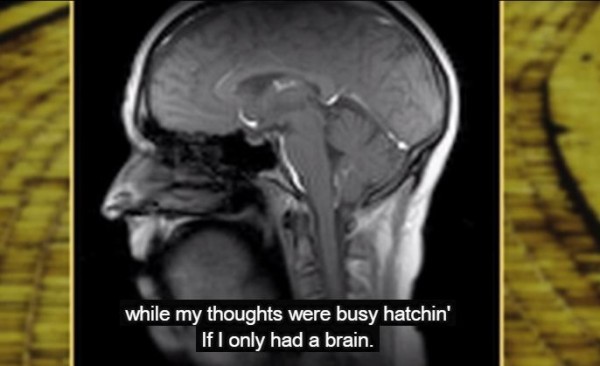A team of scientists decided to demonstrate the real time capabilities of magnetic resonance imaging (MRI) by putting together the first music video of singing using a new super-fast MRI technique.
We know MRIs as images or photographs of our internal body parts being diagnosed by doctors. MRI uses a powerful magnetic field, radio frequency pulses and a computer to produce detailed pictures of organs, soft tissues, bone and virtually all other internal body structures.
Researchers at the Beckman Institute for Advanced Science and Technology, a unit of the University of Illinois at Urbana-Champaign dedicated to interdisciplinary research, took the capabilities of MRI a step further by creating what is essentially a music video of the vocal neuromuscular movements of singing and speaking captured at a super-fast 100 frames per second.
This new technique of taking MRI videos allows researchers to study how all the parts of the neck and face work together in perfect harmony to produce music.
The amazing MRI video can be viewed here.
The singing skull in the video belongs to Aaron Johnson, a former professional singer and Beckman Institute assistant professor in speech and hearing science in the Bioimaging Science and Technology Group.
Johnson sang the classic "oldie", "If I Only Had a Brain", from The Wizard of Oz movie of 1939 starring Judy Garland to demonstrate the real-time imaging capabilities of the MRI scanner in Beckman's Biomedical Imaging Center.
The super-fast technique in the MRI music video captured the movements of the voice at 100 frames per second in real time without sacrificing the quality of the images. In contrast, standard MRI techniques are able to acquire only 10 frames per second.
Despite the excessive noise MRI produces during scanning, the audio in the music video is clear because the room was equipped with a special microphone that separated the voice from ambient sounds.
"In order to capture the articulation movements, 100 frames per second is necessary, and that is what makes this technique incredible," Johnson said.
"Sounds are produced by the vibrations of just two little pieces of tissue. That's why I've devoted my whole life to studying it: I think it's just incredible."
The MRI technique developed by Beckman researchers allowed Johnson to take measurements of vocal structure and function in a manner that he had not envisioned earlier.
The basis for the technique was developed by electrical and computer engineering professor Zhi-Pei Liang's group at the Beckman Institute. Brad Sutton, associate professor in Bioengineering, and his team further developed and implemented the technique to make high-speed speech imaging possible.


